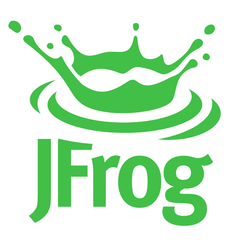
Container Registry
Designed for seamless container image management, this Harbor-based registry empowers organizations to control access at multiple levels—user, team, project, and customer. With integrated Identity and Access Management, it simplifies onboarding. The robust API allows tailored distribution of container images, enhancing customer experience and enabling subscription-based access.
Top Container Registry Alternatives
Harbor
Harbor is an open-source cloud-native registry designed for Kubernetes environments, providing advanced security features like vulnerability scanning, role-based access control, and image signing.
Dist
Highly available and ultra-fast, Dist serves as a secure repository for Docker container images and Maven artifacts, enhancing productivity for developers and operations teams alike.
Mirantis Secure Registry
Mirantis Secure Registry offers an enterprise-grade solution for managing container images securely.
JFrog Container Registry
The JFrog Container Registry serves as a robust Docker and Helm registry, built on the reliable foundation of JFrog Artifactory.
Alibaba Cloud Container Registry
The Alibaba Cloud Container Registry is a secure platform for managing container images throughout their lifecycle.
Google Cloud Container Registry
Container Registry, set to be deprecated on March 18, 2025, stores images within Cloud Storage buckets in Google Cloud projects, requiring permission management at the bucket level.
Yandex Container Registry
Users can access the service through multiple interfaces, including the management console and standard Docker...
Oracle Cloud Container Registry
It allows engineers to utilize familiar Docker CLI commands for seamless image management, integrates with...
Tencent Container Registry
Its unique architecture features dedicated instances with granular permission management, ensuring data security...
Top Container Registry Features
- User-level access control
- Team-based permissions management
- Project collaboration features
- Partner-specific image distribution
- Customer subscription access control
- OpenID Connect integration
- LDAP/Active Directory support
- Enterprise identity management
- Multi-tenant architecture
- Resource-efficient design
- Vulnerability scanning capabilities
- Signing and policy enforcement
- Customizable API access
- Scalability for diverse environments
- Seamless onboarding process
- Rich API for automation
- Consultation with container experts
- Secure image storage
- OCI artifact management
- Proven operational reliability.








